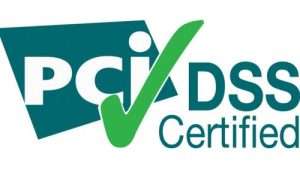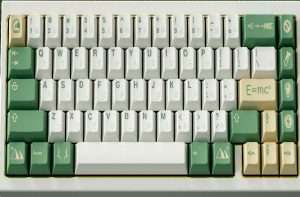How Barcodes Work Explained! Types:1D, 2D..Uses, Bars Readers & How to Choose your Scanner

What is barcode and how it works
Barcode is simply a representation of data in form of a confluence of numbers, black lines in different width and white spaces to form a block, usually rectangular or square which is readable by machine (barcode scanner) and visible to the eyes.
Barcodes provide specific information and data pertaining to a specific product. The data codes use spaces and bars of varying widths, lengths and different letters and numbers which are used to keep and manage inventory in business, that is, stocks you still hold.
A barcode does not describe the color, price or the brand of the product, However, a barcode can be used by a cashier to scan a product and be able to bill it according to the information on the barcode.
Also Read : How Smart Business Card Reader Applications Work
This means that the necessary information about the quality and price of the product must have been encoded using alphanumeric characters and bars.
The numbers in the barcode, usually below the graphical representation is used as reference to make records or should the code not working properly, the numbers can be read or entered into the computer since each of the ten digits has bars representation.
Even the barcode scanner works by reading the assigned numbers on the bars, convert it and send it to computer to access the data that has already been stored for each product.
Also Read : How to Scan Barcodes, QR, OCR Codes with Apps
Types of barcodes
One Dimensional barcodes ( 1D code)
These are linear white and black spaces with varying widths. The width is determined by the information included in the code. It can be 12 characters long and can’t hold more than 25 characters.
UPC and EAN code are good examples of linear barcodes that are commonly used. Some others are Code39 barcodes, Code93, Code128, Code bar barcodes, GS1 databar, MSI Plessey, Interleaved or ITF etc.
Not all the barcode types can be identified with the image but the graphical representation, bars, numbers of letters, numbers and the shape can help in identifying the codes.
UPC for examples are not used everywhere but commonly used here in US and in some other countries to label a product that is purchased with POS machine and it has two types which are the UPC-E, with capacity to encode only 6 digits and UPC-A which can encode more numerical digits, up to 12 numerical characters.
EAN codes are also similar to UPC in what they are used for, only that it can be used on smaller products like a small capsule, bubblegum etc and has two variations, the EAN-8 and EAN-13.
Two Dimensional Barcodes (2D code)
They are hexagons, squares and other shapes for data storage. The data is arranged in vertical and horizontal patterns and represented in two-dimensional symbols and shapes.
The code can encode website address, voice, images and different forms of binary data. The code holds a minimum of 100 characters and can be read using images.
The barcodes in this categories are the Datamatrix Codes, QR Codes, AZTEC code, PDF417 code, Maxicode etc
Types of barcode scanners
The barcode scanner is an electronic device that’s used to interpret the black and white bars in barcode and output it to a computer.
Note that, barcode scanner and barcode reader are the same and there’s no difference between the two as they can be used interchangeably. There are 4 types of scanners.
1D codes can be read using camera based imaging scanners or traditional laser cameras. On the other hand, 2D codes are read using imagers only.
Each barcode is read only by a specific scanner. It is only after scanning the code that the information is sent to the computer. Before you choose a barcode scanner for your business, you need to research thoroughly so as you can get the right one.
Pen type readers
The scanner has a phototide on one side and a LED light on the other. For accurate information, the scanner is passed over the baricode at specific speed. If any human eror occurs and the baricode fails to reach the product, then it could lead to false data.
Laser barcode scanners
It is the most popular barcode scanner and it is mostly found in retail. It is more accurate than a pen scanner. A laser beam is directed towards a mirror in a unit. The mirror is either mounted or hand held. It reads codes placed between 6 to 30 feet away.
CCD barcode scanners (Charge Coupled Device)
They are also known as LED scanners. They are the most accurate scanners but they are expensive. They are mostly used in point of sale applications. They shine their beam of LED light at the object and the information is converted into readable data.
On the downside, they cannot read a longer code than it face. For accurate data, they need to be held not more than 3 inches from the object.
Imager barcode scanner (Camera based)
It works like a video camera.
The scanner takes photographs of the barcode and then decodes the information using sophisticated techniques. Since it can read a code irrespective of how it is positioned, it increases multi-fold scanning.
If you need a scanner for your warehouse, use a cordless scanner so that it does not limit your movement. It is also good for bulky products or in places where the cord can easily get damaged.
How to choose a barcode scanner
Ask yourslef the following questions;
- Where will you use the scanner?
- How often will you use it?
- What distance should i scan the products from?
- Which connections will you use?
- What is your scanner budget?
Imager barcode scanners are very affordable and their price is increasingly going down. The scanners can also scan both 2D and 1D code. They are therefore a god choice but you need to consider other factors before buying the scanners.
Signature
Florin A. is a freelance writer with a focus on news stories and consumer articles.




